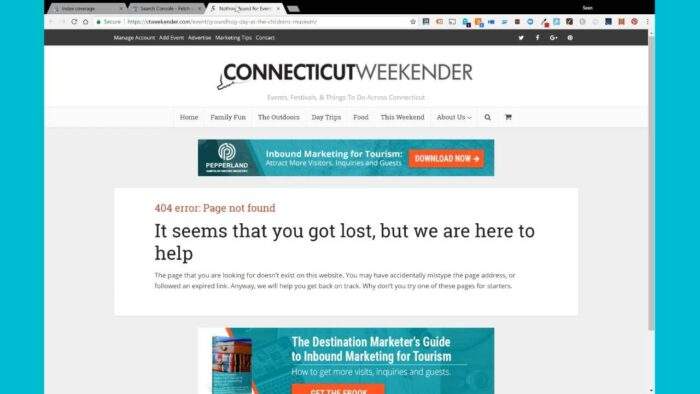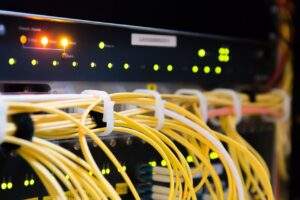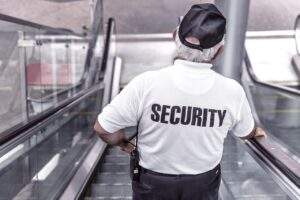Resolving Canonical Issues Plaguing Websites

A website development undergoes several issues and one of them is the Canonical problem. It is another form of illegal activities and can bring down the traffic on your page. It appears primarily when the 301 redirects are misplaced. As a result, other URLs can access your site from different browsers. This is a major setback since it makes your site vulnerable. You lose the authority you have over your sites since the search engines can index your page differently in each browser. All these subtle technical glitches can make your content look duplicate and plagiarise and learn how to fix canonical issue. Therefore, one must remove canonical problems to make the site stronger.
Effects of Canonization on Your Website
Canonical troubles can hamper the site well being. Being one of the technical issues that need a constant check, it is gaining momentum in recent times. This illegal activity is one of the reasons why most startup companies fail despite having the right requirements for a booming business. Canonization hampers your page in the following ways-
- It stops multiple URLs to appear on-site for the same content.
- It also hinders the link juice dilution process. That means the equity for the URLs are no longer maintained
- Finally, it diverts search engines into choosing the original and unique content. As a result, the best URL no longer features in the SERPs.
In connection to the impact, it throws on your page, you must know about its implementation procedure. 301 redirects and link tags are the prime areas of concern. Any misfunction in these departments can drastically affect your company business. The search engines like Google will index each URL separately. As a consequence, the customers will not choose your page due to its poor performance. Since generating high conversion rates is necessary for profits, any glitch can miserably drop it down.
Prime Concerns
To resolve canonical issues, two areas must be kept in mind. One is the 301 Redirects and the other, Link Tag which is using Rel Canonical. The misfunctions of these commands and links can hamper the overall performance of the site/blog or pages. The developers fear the 301 Redirects the most. It has already plagued ample sites and affected digital business.
301 Redirects
It is a code or a chain of commands that comes from the server as a requested URL. Since it is a moved page response and is permanent, it plays an important function. The 301 Redirects passes the link juice to a separate location. Thereby, helping the bot procedure for the site visitor to find the page. This helps the online viewer to find the page easily while searching on the net. The command can be implemented through the server or coded into the page format. The primary issue leading to Canonization appears when these commands are misplaced. Problems appear when the htaccess files are written wrongly. The root directory stores the wrong information. Since the coding can take place in various languages, the situation further worsens.
Rel Canonical Embedded Link Tag
Website handlers often encounter troubles with the link tag. Though Google tried to resolve the problem through rel canonical, alas, it has done more harm than good. The tag has simplified the work for the search engine bots. At the same time, it has allowed the wrong URLs to enter the internet platform. Which means the users will confuse themselves and can link with incorrect portals in the future. Since you cannot do anything about Rel Canonical, you have to depend on 301 commands.
Resolving Canonical Troubles
For eliminating the issues related to duplicate content, you need to undergo thorough research about the server for your hosting site. Though tools are present for helping you, it is better to seek professional aid for security issues. Whatever path you decide to choose, make sure a few changes do take place.
- The domain name along with the text at the header is changed
- The root directory must store the updated information. Make sure the prefix and the root domain is written carefully.
- Finally, check the renamed domain portal twice. Refresh the page untill there are no cached pages left.
- As a word of caution, the IIS files should not have wrong information.
Resolving the Issue Using Windows Server
In case you host the site using Windows server, move to the All Programs section and navigate to Administrative Tools. Now, simply move to IIS button. Internet Information Services is the acronym. Check the domain and choose Properties option. Now click the tab Home Directory and choose the radial icon for redirecting the URL. Type the domain name and begin the process by pressing the OK.
Final Thought
With technological advancements, the website issues are gaining prominence. Canonical troubles are one of the many. Hope the article and the solution were helpful. Though this is just a quick fix, it is advisable to seek expert advice.







